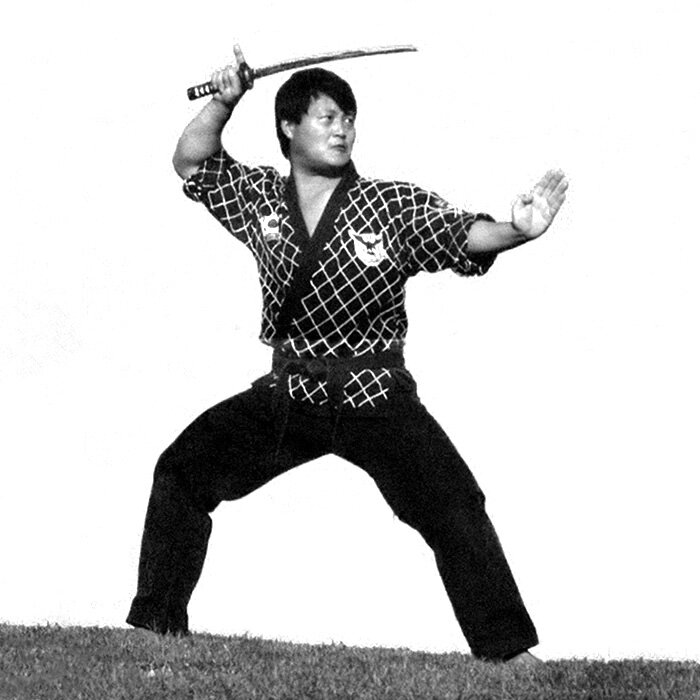THE HISTORY OF HAPKIDO
The origins of Hapkido
Widely considered as Hapkido’s founder Grand Master Choi Yong Sul lived and studied Daitō-Ryū Aiki-Jūjutsu for around 30 years in Japan with master Takeda as part of his household.
Details are unclear about his time in Japan some saying he was a highly ranked student-instructor, others a servant, Koreans had no status at the time in Japan.
Regardless of which version is true he returned to Korea a highly skilled martial artist.
On his return post WW2 he established the art of Yu-Sul, later to become Hapkido incorporating elements of Korean martial arts. Later being modernised by his senior students including Ji Han Jae and Kim Moo Hong to resemble the art it is today.
Hapkido continues to evolve as one of the earliest examples of an eclectic-mixed martial art.
For more information, please refer to our Student Handbook.
Hapkido Comes to Australia
The founder of the Australian Hapkido Association (AHA) is Grandmaster Matthew Kim Sung Su who established the first Dojang in Oxford St, Sydney. The AHA now has 19 associated clubs across Australia.
Grandmaster Kim trained in Hapkido under Kim Yong Jun in the 70’s in the Jong Myo Dojang in Seoul. Kim Yong Jun was a student of Kim Moo Hong who was a pioneer of the art opening one of the first schools for the art in Seoul.
A great innovator Kim Moo Hong is credited with having helped develop the kicking system used in most Hapkido schools today.
Prior coming to Australia, Grandmaster Kim with his brother opened centres in Argentina and taught police and military personal.
For more information, please refer to our Student Handbook.


